
Often referred to as the Eyebrow Centre or the Third Eye, the Ajna chakra is located behind the centre of the eyebrows near the pineal gland. The Sanskrit word means ‘command’ or ‘summoning’.
So in what sense is it the command centre? It is the centre where we connect to our intuition with clarity, and this intuition then commands us to act, directing us on our path. It is the centre of our intellect and of the subconscious mind. For many it is the centre where we see beyond the material world, where some experience the psychic realm.
The element of ajna is light and the colour is indigo, that vast, spacious night sky sometimes speckled with stars...The ajna symbol depicts a lotus with two petals, white or translucent, representing the Ida and pingala nadis coming together before they rise to sahasrara. The bija mantra is Om, the universal sound. Other symbols represent the divine Shiva and Shakti.
Indications that your ajna chakra may be out of balance (overactive or underactive) include:
- eye problems, sinus issues, headaches
- nightmares, brain fog, no sense of purpose
- loneliness, depression
- Carrying on even when things are not working out, overthinking
- lack of spiritual awareness or connection
- poor focus/concentration
How can we restore balance to this centre and in so doing connect, listen to and be directed by our intuition, improve our mental clarity, have a truly strong sense of purpose and greater spiritual awareness?
One way may be to keep a journal and note down thoughts that pop up when you least expect them...could that be your intuition? Sit quietly and reflect on your way forward in life. You could also create a vision board.
There are sequences which could help: the Dru moon and sun sequences help clear blockages in the Ajna and invoke LIGHT.
Here are some useful links for you to work with at home:
https://youtu.be/9g-f22dROF8,
https://youtu.be/FriTRODp0Pw
There are many postures which are helpful, for example, the sphinx, the Ttger, the tree, the dancer, the eagle, the dog and the shoulderstand.
You can visit a short clip where one of my teachers, Annie Jones, shows us how to activate ajna when in the sphinx posture using the sambhavi mudra, https://druyoga.com/yoga-online/video/balancing-the-chakras-ajna-third-e... you do not subscribe to the Dru yoga online studio, you can enjoy a 30-day free trial!
Physical postures and movements are very helpful indeed but at some point if we really wish to progress in this centre we need to spend time developing our sitting techniques and there are many different ways to do this. I will describe here just two of these:
TRATAK, also known as candle gazing...
is performed by positioning a candle at about arms length in front of you at eye level. Find a comfortable yet upright sitting position, begin to relax the body, connecting to the breath and releasing tension from the physical with each out breath. Now gaze softly at the flame... try not to blink, and hold your gaze there for at least two or three minutes (you can increase the time as your practice grows). Close your eyes and hold the image of the flame behind your closed eyes for as long as you are able to. This will really begin to develop your ability to focus, clear the mind and to find spaciousness.
Sama vritti is a pranayama technique which requires us to equalise the breath. If you are not already practising breath work then you can begin by simply breathing in for the count of four, taking your awareness with your breath up through the nostrils to that point between the eyebrows, pause at the top of the breath and then breath out to the count of four, keeping your awareness at that point. (Breathing in and out through the nostrils.)
However, for those of you who are comfortable retaining the breath (do NOT try it if you are pregnant, have blood pressure issues or eye problems, if you experience any signs of feeling uncomfortable then you could simply relax and breathe normally) The following is a practice of sama vritti:
adopt a good sitting position
breathe in for 4, taking your awareness to ajna
hold for 4
breathe out for 4
hold for 4
You may want to build up to this slowly and increase the repetitions gradually
I leave you with a quote from my very favourite scripture, The Bhagavad Gita (chapter 5 slokas 27 & 28)
"Shutting out all external sense objects, focusing the attention between the two eyebrows, equalizing the in breath and the out breath, thus controlling the mind, senses and intellect, the sage whose highest aim is freedom and from whom desire and anger have departed is forever free."
Om bhur bhuva svaha, tat savitur varenyam, bhargo devasya dhimahi, dhiyo yo nah prachodayat

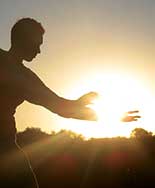

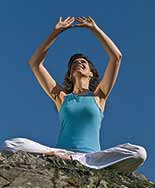

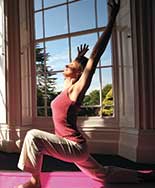
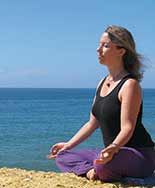

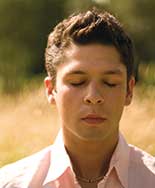
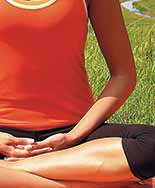
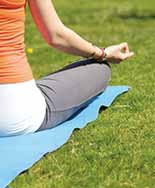





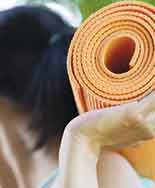
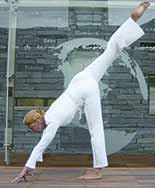
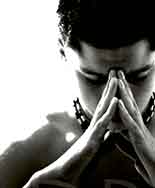
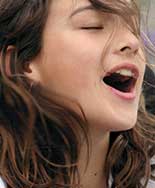

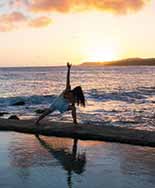
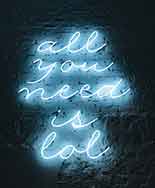







Comments